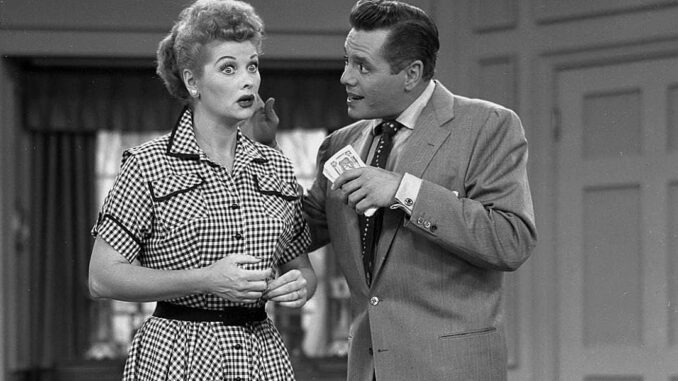
After 70+ years, it’s still hard to name any television show with the importance and influence of I Love Lucy. Not only was it the medium’s first certified monster hit — its second season still has the highest ratings average of all time — but it pioneered a number of production methods that remain industry standards today. That includes the three-camera technique that became a staple of network sitcoms for decades, the use of film instead of live broadcasting, and the invention of the rerun, which helped star Lucille Ball recover after famously giving birth.
However, I Love Lucy’s biggest contribution goes beyond ratings and television. Ball’s co-star and then-husband Desi Arnaz was Cuban-American in an era when racial segregation was codified law in many parts of the country. The studio didn’t want to depict a biracial couple on television, but the show fought for it and won. Considering how big I Love Lucy became, it took a bite out of widely accepted racist dogma and help pave the way for needed social change. The two stars used an unusual promotional tactic to make it happen.
Desi and Lucy’s Real-Life Marriage Was the Basis of I Love Lucy
Ball and Arnaz met on the set of 1940’s Too Many Girls, a musical comedy based on a popular Broadway play. They eloped soon thereafter and had been married for over a decade when I Love Lucy premiered. Ball had scored a big hit on radio with 1948’s My Favorite Husband, where she played a housewife who gets into comedic escapades very similar to I Love Lucy’s. CBS was eager to turn it into a television show, which Ball and Arnaz saw as a rare opportunity for them to work together.
The powers that be felt otherwise, as Ball explained in a 1958 article in the Saturday Evening Post. “The people there said the public wouldn’t believe I was married to Desi. He talked with a Cuban accent, and, after all, what typical American girl is married to a Latin?” That response demonstrates the kind of institutional racism that allows more overt bigotry to flourish (as well as the sheer hubris of telling a white woman married to a Latine man that white women didn’t marry Latines).
